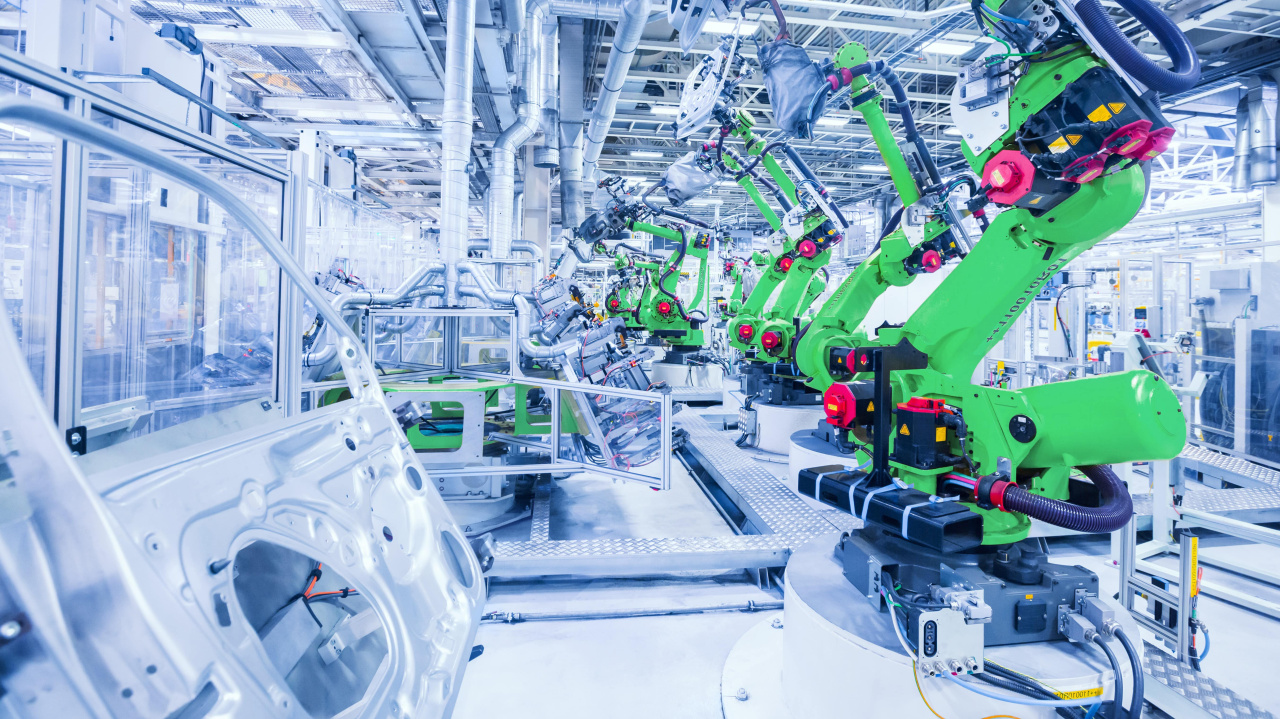In the dynamic landscape of finance for manufacturing, the idea of Pay-per-Use Equipment Finance is emerging as an unifying force, changing conventional models and offering unprecedented flexibility to businesses. Linxfour has been in the forefront of this new revolution in leveraging Industrial IoT in order to introduce a brand new age of finance that benefits operators and equipment manufacturers. We look into the intricacies of Pay per Use financing, its effects on sales in difficult circumstances, and how it transforms accounting practices, shifting the focus from CAPEX to OPEX and freeing the responsibilities of a balance sheet as per IFRS16.
The Power of Pay-perUse Financing
At its core, Pay per Use financing for manufacturing equipment is a game-changer. Instead of fixed, rigid payments, companies pay on the usage of their equipment. Linxfour’s Industrial IoT integration ensures accurate tracking of usage, providing transparency while avoiding any hidden charges or penalties in the event that the equipment is not utilized. This revolutionary approach improves flexibility in the management of cash flows, particularly crucial during periods that see fluctuating demand from customers and low revenues.
Effects on Business and Sales Conditions
The majority of people agree that Pay per use financing has a lot of potential. In spite of difficult economic conditions, 94% of equipment manufacturers think this method will help boost sales. The ability to directly match costs with the amount of equipment used is not just appealing to companies seeking to improve their spending it also creates a desirable scenario for manufacturers who can offer more appealing financing options for their customers.
Moving from CAPEX to OPEX: Accounting Transformation
Accounting is one of the main difference between traditional lease as well as pay-per-use finance. When you pay per use, organizations undergo a profound shift from capital expenditures (CAPEX) to operating costs (OPEX). This is a major impact on financial reporting, as it provides a clearer view of the costs associated with revenue.
Unlocking Off-Balance Sheet Treatment under IFRS16
Pay-per Use financing offers an important advantage over traditional financing in that it permits an off-balance sheet treatment. This is an important aspect of International Financial Reporting Standard 16(IFRS16). In transforming the costs of financing equipment businesses are able to keep these costs off of the balance sheet. This reduces financial leverage but also minimizes obstacles to investing which makes it a desirable option for businesses looking to create a more agile financial structure.
Enhancing KPIs in the Event of Under-Utilization
In addition to off balance sheet treatment In addition, the Pay-per use model contributes to enhancing important performance indicators (KPIs) such as free cash flow and Total Cost of Ownership (TCO) particularly in the event of under-utilization. Leasing models that are based on traditional methods can create problems when equipment is not utilized in the way that is expected. Businesses can optimize their financial results by reducing fixed charges on assets underutilized.
Manufacturing Finance to come in the near future
As businesses continue to traverse the maze of a fast-changing economy, new financing models like Pay-per-Use are paving the way for a more resilient and adaptive future. Linxfour’s Industrial IoT approach benefits not manufacturers and equipment operators as well, but it also aligns with the current trend of companies searching for more flexible and sustainable financing options.
Therefore, Pay-per use and the accounting change to CAPEX (capital expense) to OPEX (operating expenses), and the off-balance sheet treatment of IFRS16 are a major development in manufacturing financing. In a business environment which is constantly changing and changing, companies are constantly looking for ways to improve their efficiency, financial agility, and performance indicators. This revolutionary financing model can help them achieve these goals.
